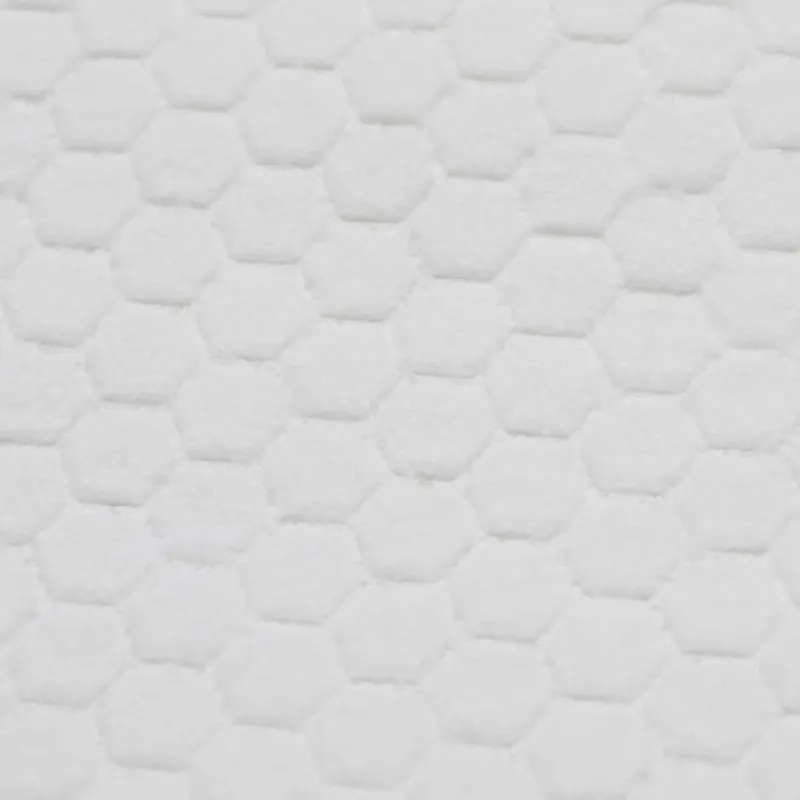
- Afrikaans
- Arabic
- Belarusian
- Bengali
- Czech
- Danish
- Dutch
- English
- Esperanto
- Estonian
- Finnish
- French
- German
- Greek
- Hindi
- Hungarian
- Icelandic
- Indonesian
- irish
- Italian
- Japanese
- kazakh
- Rwandese
- Korean
- Kyrgyz
- Lao
- Latin
- Latvian
- Malay
- Mongolian
- Myanmar
- Norwegian
- Persian
- Polish
- Portuguese
- Romanian
- Russian
- Serbian
- Spanish
- Swedish
- Tagalog
- Tajik
- Thai
- Turkish
- Turkmen
- Ukrainian
- Urdu
- Uighur
- Uzbek
- Vietnamese
Versatile Athletic Turf for Multi-Sport Applications and Events
Dec . 05, 2024 14:35 Back to list
The Rise of Multi-Sport Grass A New Era in Sports Facilities
In recent years, the sports industry has undergone significant transformations to meet the demands of a rapidly changing world. As more athletes engage in multiple sports, the concept of multi-sport grass has emerged as a revolutionary solution for sports facilities, bringing numerous benefits to players, facility managers, and the environment alike.
Multi-sport grass, a synthetic turf designed for various athletic activities, has gained popularity for its versatility and durability. Unlike traditional grass, which often succumbs to wear and tear from diverse sports, multi-sport grass is engineered to withstand the rigors of different games such as soccer, rugby, football, and field hockey. This innovative surface allows players to practice and compete in a variety of sports all on one field, effectively maximizing the utility of the space.
The Rise of Multi-Sport Grass A New Era in Sports Facilities
Moreover, the environmental impact of multi-sport grass is noteworthy. Traditional natural grass fields often require large amounts of water, energy for mowing, and chemicals for pest control, causing strain on local ecosystems. In contrast, synthetic turf fields do not require irrigation and can significantly reduce the use of harmful pesticides and fertilizers. This promotes a more sustainable approach to managing sports facilities and supports the growing trend of eco-conscious practices in sports and recreation.
multi sports grass

In terms of athlete safety and performance, multi-sport grass has been engineered with advanced technology to provide optimal cushioning, traction, and shock absorption. This allows players to perform at their best while reducing the risk of injuries associated with uneven or poorly maintained natural surfaces. With safety being a paramount concern in sports, athletes and parents alike can have peace of mind knowing that they are training and competing on a surface designed with their well-being in mind.
Another aspect of the multi-sport grass phenomenon is its role in fostering community engagement and social inclusion. By providing a versatile field that caters to various sports, facilities can host tournaments, leagues, and community events that bring people together. This inclusivity helps promote a healthy lifestyle, encourages youth participation in sports, and strengthens community bonds.
Nevertheless, the installation of multi-sport grass does raise some concerns, particularly regarding its environmental footprint. While it eliminates the need for resources used in maintaining natural grass fields, synthetic turf is made from non-biodegradable materials that, at the end of their lifespan, can contribute to landfill waste. Manufacturers are working on more sustainable options, including recyclable materials and systems for turf repurposing, which could address these issues.
In conclusion, multi-sport grass represents a significant advancement in sports facility management, addressing the needs for cost-effectiveness, environmental sustainability, safety, and community engagement. As this technology continues to evolve, it holds the potential to reshape not only how we think about sports surfaces but also how we foster community and promote athletic excellence. With the increasing adoption of this versatile playing surface, the future of sports facilities looks promising, ushering in a new era where athletes can thrive, regardless of the sport they choose to pursue.
-
The Benefits of Artificial Turf for Indoors
NewsJul.15,2025
-
How Artificial Grass Suppliers Ensure Quality Products
NewsJul.15,2025
-
Artificial Grass and Pets: A Space for Relaxation
NewsJul.08,2025
-
Balcony & Outdoor Decoration with Artificial Grass
NewsJul.08,2025
-
Best Indoor Artificial Grass for Home
NewsJul.07,2025
-
Best Pet Turf for Dogs: Safe & Durable Artificial Grass Options
NewsJul.07,2025
Products categories









